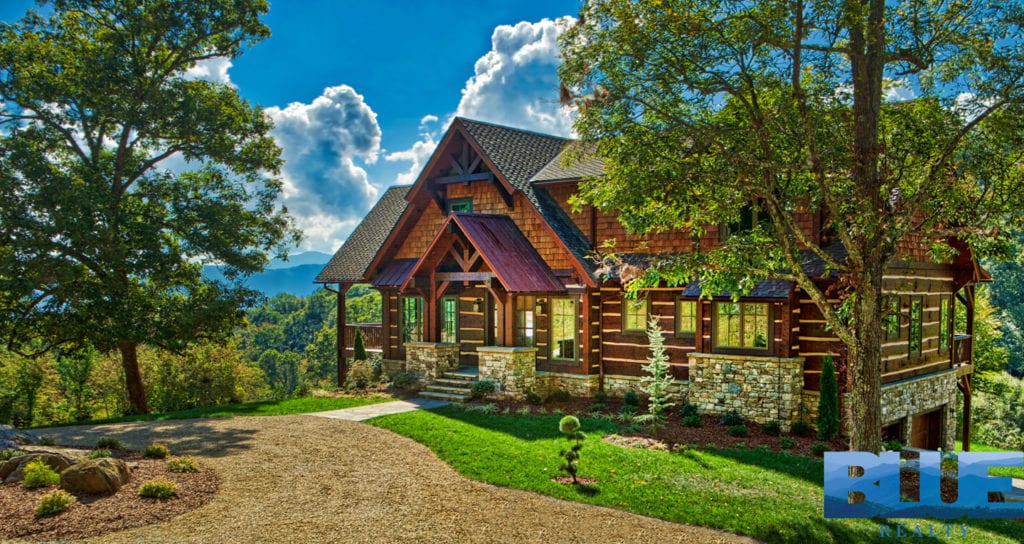Why Alexandrite is the Perfect Gem for Glasgow Proposals

When it comes to choosing the ideal gemstone for engagement rings Glasgow couples, many seek something truly unique and timeless. Among the many options available, Alexandrite stands out as one of the most exceptional and rare gems, making it the perfect choice for those who want their engagement ring to be as extraordinary as their love story. This captivating gem, known for its ability to change color depending on the light, adds an extra layer of magic and symbolism to any proposal.
One of the most alluring features of Alexandrite is its color-changing nature. In daylight, the stone appears a vibrant green or blue-green, while under incandescent light, it shifts to a reddish-purple hue. This stunning transformation makes the gem a fascinating and dynamic choice for engagement rings Glasgow couples looking for something more than the typical diamond. The interplay of colors not only makes Alexandrite a visual masterpiece but … Read more
Continue Reading
:max_bytes(150000):strip_icc():format(webp)/Gibbs-Ave-134-b3240c1a18234b83a847c6bd2e11c5ad.jpg)

